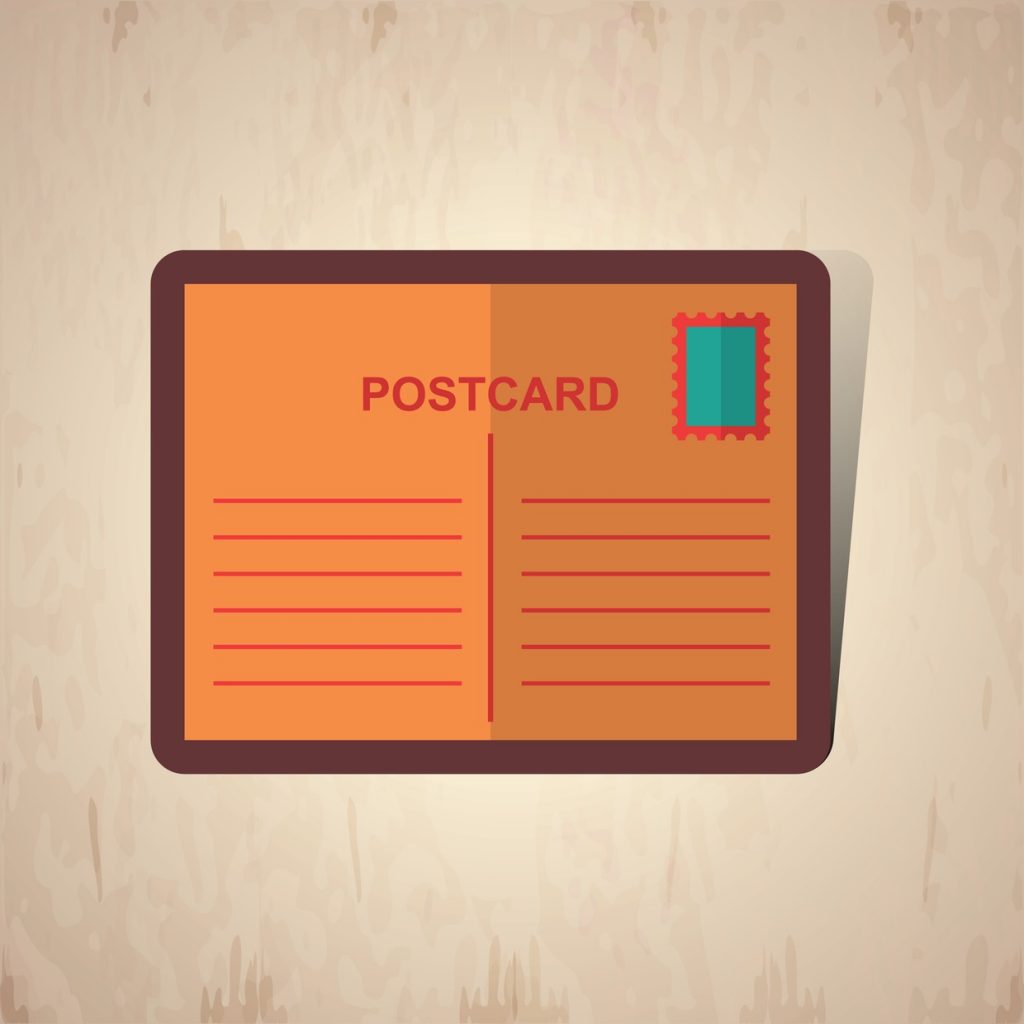Why You Need to Create a Customer Plan for Your REI Business
By Sharon Vornholt
Today I want to talk about why you need to create a customer plan for your real estate investing business (in addition to a marketing plan) and exactly what a customer plan is. This is a new concept for real estate investors, but it’s something savvy businesses have been doing for a while.
What’s the Difference Between a Marketing Plan and a Customer Plan?
Simply put, a marketing plan is used to get leads. It’s used to attract motivated sellers.
Your customer plan details your process or what you do to keep those leads. The goal should be to have a repeatable process for nurturing the people that come into your business as leads.
Let’s Look At Your Marketing Plan
One of the first things you probably learned when you started your investing business was that your #1 job is marketing. You won’t be in business very long if you don’t have a steady stream of leads coming in the door. There are a lot of things you can put off but marketing isn’t one of them.
In order to effectively market your real estate business so that you always have leads, you must have a marketing plan.
Once you have implemented your marketing plan, it’s time to move on to your customer plan.
Exactly What Is a Customer Plan and Why Do You Need One?
A customer plan is a document that you create for your specific business. The customer plan for a real estate business would look much different than one a doctor created for their medical practice.
If you look at most businesses, they spend a lot of time writing business plans and marketing plans that attract customers. However, almost no one has a plan for keeping those customers (AKA motivated sellers) once you have gotten them to call you. Real estate is no different from any other business; it’s all about the customer. In our business they just happen to be folks that want or need to sell a property.
Your customer plan should be a detailed document that outlines everything needed to create a remarkable customer experience. This is the time for innovation; the time to think outside the box. If you really want to be the standout company in your marketplace, you need to find a way to reinvent the way you do business and deliver that exceptional customer experience.
Once you have created your customer plan, it also serves as a roadmap for making your company the absolute best company in your market.
Companies that got it Right
When you talk about companies that disrupted their markets, the first two companies that immediately come to mind are Uber and Airbnb. These companies “reimagined” the taxi business and the hotel business.
Uber changed the model of taxi business forever. People everywhere like riding in a regular automobile much more than a stinky taxi. Airbnb is another company that completely changed the customer experience. They reinvented the way customers choose accommodations when they travel. They are definitely giving hotels a run for their money.
What about cameras and voice recorders? Smart phones have pretty much replaced the need for both of these devices. They forever changed the way we take pictures on the go.
When I think back to the company that changed the way real estate commissions were traditionally paid, RE/MAX was responsible for that major change. Agents no longer had to share their commissions with the broker/office. If you are a RE/MAX agent, you pay a fee for everything; office space, copies etc. but you don’t share your commission. They reimagined the way Realtors get paid.
So the next question is …. how can you create a customer experience that is so different than what people are used to that you become “the one” they all want to work with?
It All Starts with the Customer
The first step is to know your potential customers. Don’t worry about your competition; worry about your customers. Once you know who your ideal customer is, then it’s time to create the best customer experience possible. Focus on creating the experience and the rest will take care of itself.
Of course ultimately this is about getting the deal. But more than that, it’s about creating raving fans that result in referrals, testimonials and repeat business.
Nurturing Your Leads
It’s easier (and cheaper) to nurture a lead than get another one. That’s a fact. Now don’t mistake this for trying to make a deal work that really isn’t a deal. That’s not what I’m talking about. This is about creating an experience for the seller at every touch point that is remarkable.
Anatomy of the Average Real Estate Deal
This is a very basic overview of the way a real estate deal goes from start to finish.
- You spend a lot of time and money generating leads
- Your marketing results in the seller contacting you about the property
- At some point you will have a phone conversation with the seller
- The next step is to look at the property if the initial screening call went well
- You inspect the property and decide whether or not to make an offer on the property
- After negotiations that offer is accepted or rejected
- If the offer is accepted you will proceed to the closing/settlement (and get a testimonial)
If you look at the process it’s all pretty mundane. Ask yourself this; looking at these steps, is there anything there that would create a remarkable customer experience? I don’t think so.
So let me ask you this:
- If nothing were off limits, what could you do?
- What would you change?
- Is there a way to “reinvent” the way this process evolves?
- Where can you innovate?
Let’s Do a Little Brainstorming Here
Let’s start with #1 which is lead generation and look at how you might reinvent the direct mail process.
If everyone is sending the same direct mail pieces; letters and postcards, what can you do differently? How about sending out a newsletter with helpful homeowner tips as your first mail piece? Instead of starting with a letter or postcard that says “I want to buy your house”, you begin your relationship with “Hi I’m Sharon, and I have some helpful tips for you today”. The point is to make a different first impression than everyone else.
Think of it this way; send the sellers something they will enjoy reading and in the process they will be introduced to you as a person rather than a business that wants something from them (their house). By doing this, over time you become the trusted resource in your market. At the bottom of your newsletter let them know that you buy houses and share your contact information.
Taking this thought one step further, why not replace one letter or postcard every quarter with something that would be useful to the sellers like a quarterly newsletter or market update? Information to create these information pieces is readily available on the internet, so it’s really pretty easy.
Doesn’t that make a whole different impression than a “we buy houses” letter or a postcard that’s all about you and your company? You bet it does.
Final Tips
I would like to challenge you to look at each one of those steps in the average real estate deal and think of a way you can “reimagine” the way you do business. Find ways that you can be remarkable in this crowded marketplace of real estate investing.
Sharon Vornholt
Louisville Gals Real Estate Blog












